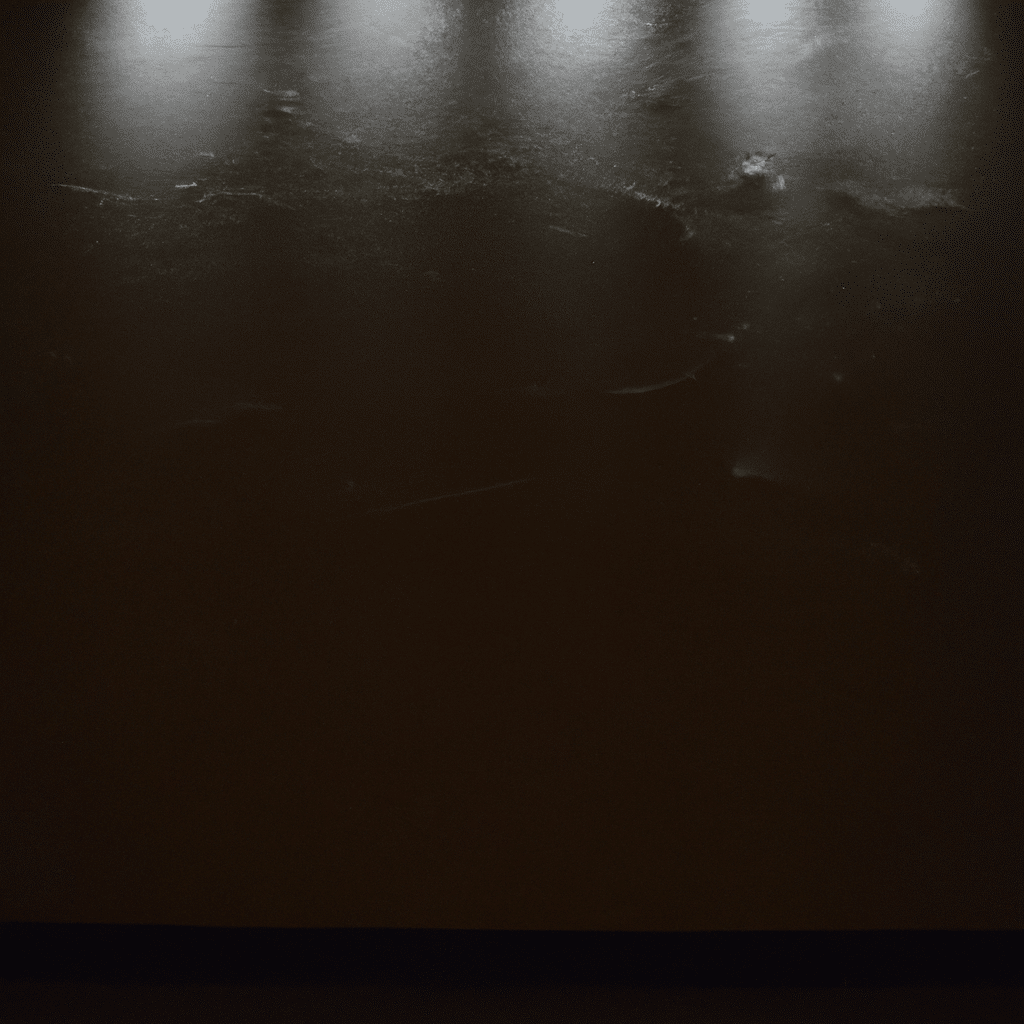In today’s fast-paced and highly competitive world, productivity is a key factor that can make or break the success of individuals and businesses alike. To stay ahead of the curve, it is crucial to understand the various factors that influence productivity. One such factor that often goes unnoticed is the color temperature of our surroundings. In this comprehensive article, we will delve into the surprising effects of color temperature on productivity and uncover how it can impact our work environment.
Understanding Color Temperature
Before we dive deeper into the effects of color temperature on productivity, let’s first understand what color temperature actually means. Color temperature refers to the appearance of light emitted by a light source. It is measured in Kelvin (K) and is commonly categorized into two main types: warm and cool.
Warm color temperatures, ranging from 2700K to 3000K, emit a soft, yellowish light similar to that of a candle or an incandescent bulb. On the other hand, cool color temperatures, ranging from 5000K to 6500K, emit a bright, bluish light similar to daylight or a clear sky.
The Impact of Warm Color Temperatures
Warm color temperatures have been found to create a cozy and relaxed atmosphere, often associated with feelings of comfort and nostalgia. This can have a positive impact on productivity in certain scenarios, such as creative brainstorming sessions or tasks that require a more relaxed and collaborative approach.
Research has shown that warm color temperatures can stimulate creativity and enhance social interactions. When individuals are exposed to warm lighting, they tend to feel more at ease, leading to increased communication and idea generation. This can be particularly beneficial in work environments that encourage collaboration and innovation.
Additionally, warm color temperatures can also have a calming effect on individuals, reducing stress levels and promoting a sense of tranquility. This can be especially helpful in high-pressure work environments, where stress can hinder productivity and overall well-being.
The Influence of Cool Color Temperatures
While warm color temperatures have their advantages, cool color temperatures should not be overlooked. Cool lighting, similar to natural daylight, has been found to increase alertness and focus. This can be particularly beneficial in tasks that require high levels of concentration and attention to detail.
Studies have shown that cool color temperatures can help combat drowsiness and improve cognitive performance. When individuals are exposed to cool lighting, their brain activity increases, leading to enhanced mental clarity and improved productivity. This makes cool lighting an ideal choice for environments where precision and accuracy are crucial, such as design studios, laboratories, or offices that involve data analysis.
Furthermore, cool color temperatures can also help regulate our circadian rhythm, the internal clock that regulates our sleep-wake cycle. Exposure to bright, cool lighting during the day can signal to our bodies that it is daytime, promoting wakefulness and preventing drowsiness. This can have a significant impact on productivity, as individuals are more likely to stay alert and focused throughout the day.
Striking the Right Balance
While both warm and cool color temperatures have their unique benefits, finding the right balance is key to optimizing productivity. Different tasks and work environments require different lighting conditions, and it is essential to tailor the lighting to suit the specific needs of the individuals and the tasks at hand.
In open office spaces, for example, a combination of warm and cool lighting zones can be implemented to cater to various activities. Collaborative areas can benefit from warm lighting, fostering a relaxed and creative atmosphere. On the other hand, individual workstations can be equipped with cool lighting to enhance focus and concentration.
It is also important to consider the natural lighting available in a workspace. Natural light, especially during the daytime, has been proven to have numerous positive effects on productivity, mood, and overall well-being. Integrating windows or skylights into the design of a workspace can bring in natural light, reducing the reliance on artificial lighting sources.
Conclusion
In conclusion, the color temperature of our work environment plays a significant role in productivity. By understanding the effects of warm and cool lighting, we can create an optimal workspace that enhances creativity, communication, and focus.
When designing or revamping a workspace, it is important to consider the specific tasks and activities that will take place. By striking the right balance between warm and cool lighting, tailored to the needs of the individuals and the tasks involved, we can create an environment that fosters productivity and overall well-being.
So, next time you find yourself in a workspace that feels dull or uninspiring, consider the impact of color temperature and make adjustments accordingly. By harnessing the power of light, we can unlock our full potential and achieve greater productivity in our daily lives.



